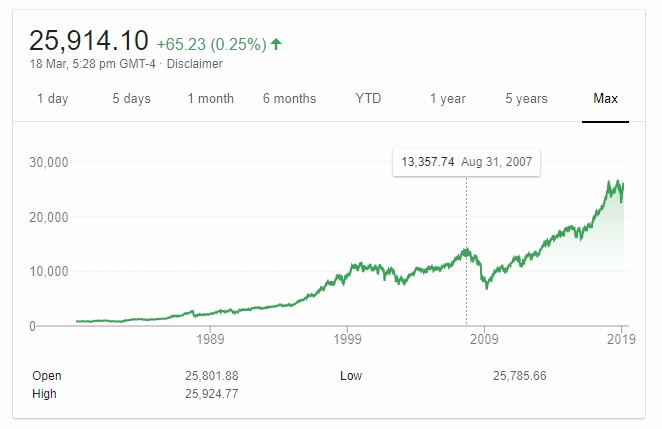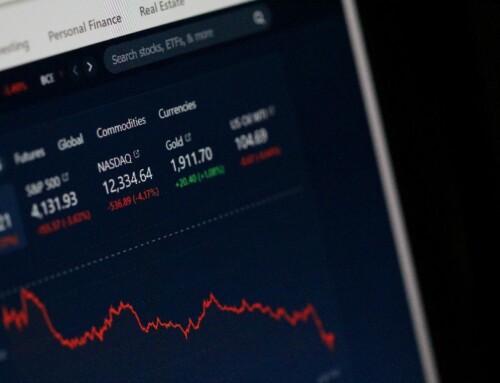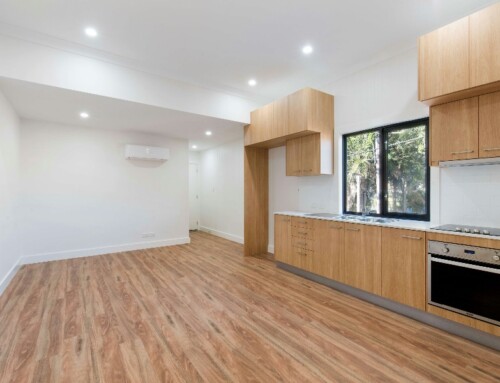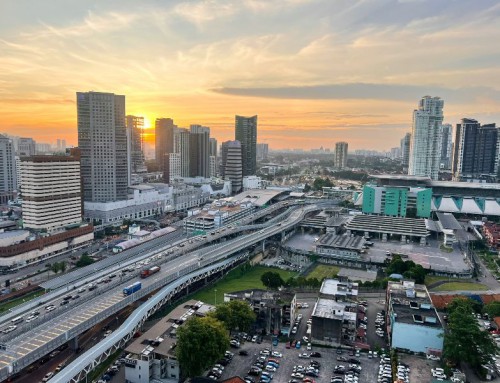In the past year, interest rates have been steadily creeping up. A recent article by Channelnewsasia commented about this matter and highlighted that “some consumers will find it challenging to make their mortgage payments”. Let us first understand the mechanics of how interest rates rise and fall. My discussion will be centred around Singapore’s context.
Low-interest rates are an incentive to borrow as the cost of borrowing is low and a disincentive to save as the reward to save is correspondingly low. Since the Global Financial Crisis in 2007, the US Federal Reserve has kept interest rates artificially low. The crisis that almost caused the collapse of the world economy was so severe that it meant that the remedy had to be equally extensive. There was a time when lending was practically non-existent as banks held a great level of distrust among each other and anyone in the financial system. The US government had to initiate stress tests on banks, effectively giving a report score to each of the banks. This alone was insufficient and the US government embarked on an expansionary monetary policy where the government bought up assets like treasury bills from the system and thus flooded the market with a huge amount of cash. The US government lowered the Fed Funds Rate, the rate at which the Federal Reserve will lend money to financial institutions, to close to zero. This meant that the cost of borrowing was almost negligible and the reward for saving was insignificant.
For a tiny country like Singapore, we are effectively a price taker and there is no way for us to influence interest rates in the open market. The US’s Gross Domestic Product (GDP) in 2017 was USD$19.39 trillion. In comparison, Singapore’s in 2017 was USD$323.9 billion. Interest rates in Singapore move in tandem with the rates in the open market and thus when there was an availability of cheap money in the market, banks in Singapore had to correspondingly lower their rates. If it were cheaper to borrow from foreign banks, businesses and borrowers alike would look abroad for funding. Since the end of the Global Financial Crisis in 2008, interest rates have been extremely low. In fact, they have been low for the last decade. There were times when mortgage rates were around 1 per cent. In contrast, the HDB concessionary rate is at 2.6 per cent. This meant that for those who borrowed from private institutions like banks instead of HDB itself would have paid less on their mortgages. If you think about it, those who bought an HDB in 2008 and took a 15 or 20-year bank loan would already have completed more than half of their loan tenure at lower interest rates.
On one hand, the US economy was teetering. On the other hand, the Singapore economy was doing relatively fine and peoples’ incomes were rising. What happened was a deluge of cheap financing options to purchase properties, cars or to start a business among many others. The Singapore central bank does not manipulate interest rates and instead controls inflation through money supply. This meant that interest rates were free to float as what the open market dictated and for the longest time, it contributed to a prolonged period of risk-taking. Asset prices like property prices started climbing and the Singapore government had to step in with a few rounds of property cooling measures. Even so, after the market went tepid in 2013 after the implementation of the Total Debt Servicing Ratio (TDSR), property prices again started to rise in 2017 and 2018, thus prompting the Singapore government to implement the latest round of property cooling measures in July 2018.
I have always maintained my stand that the cost of borrowing is perhaps one of the key factors, if not the key factor, that affects asset prices. Even after multiple rounds of cooling measures, demand for assets like properties still remains strong. I do agree that the TDSR which the Singapore government has put in place does keep in check the level of debt that an individual can undertake. However, we must remember that the TDSR is calculated at the point of loan application. A simplified example of this would be when a buyer of a property may have an income of say $10,000 a month at the point of application and the total amount of debt he could undertake at that point in time is $6,000, i.e. 60 per cent of his income. This seems safe at the point of application as Singapore’s economy may be resilient and growing and since 2008, has yet to see a significant economic shock. If a downturn were to happen and he loses his employment and seeks a replacement job that pays him $6,000 a month, his TDSR would have changed to $3,600 from $6,000. Imagine if he had undertaken a monthly debt burden of $6,000 and the economy takes a downturn. There is no ruling to say that the debt obligations have to correspondingly come down when a borrower’s income is reduced. For now, Singapore’s economy is doing well and incomes are rising but there is every possibility that a downturn could occur. When that downturn may occur is anyone’s guess but my take on the matter will be when global interest rates rise, the global economy will start to be less expansionary and even start to contract. Rates have started to rise already and many property owners have seen their monthly instalments rise.
Let us look at how significant this rise in interest rates could be.
Loan quantum: $1,000,000
Tenure: 20 years
Interest rate: 1.1%
Monthly instalment: $4,643.69
Loan quantum: $1,000,000
Tenure: 20 years
Interest rate: 2.5%
Monthly instalment: $5,299.03
The additional monthly instalment is $655.34
This is typical of anyone who purchased a property before 2017. I personally was paying 1.08 per cent on my home loan in 2013. Currently, rates are in the region of 2.5 per cent and are slated to climb even higher. Let us see what will happen at 3.5 per cent and the seemingly improbable but not impossible 4.5 per cent.
Loan quantum: $1,000,000
Tenure: 20 years
Interest rate: 3.5%
Monthly instalment: $5,799.60
Loan quantum: $1,000,000
Tenure: 20 years
Interest rate: 4.5%
Monthly instalment: $6,326.49
There is a chance that a buyer could have purchased a property thinking that instalments at 1.1 per cent interest rates seem affordable. The fact of the matter is that if rates do climb to 3.5 per cent or more, monthly instalments could rise by 25 per cent or more. The last decade’s growth, in large parts, was fueled by cheap borrowing. There will come a day when interest rates will start to normalise and that day seems to be getting closer.
Now let us look at a very ironic scenario. The US Federal Reserve has stated that it would want to normalise interest rates and that would mean raising the fed funds rate. This is on the back of strong economic numbers coming out of the US. The only thing to stop the inevitable normalisation of interest rates would be a slowdown in the global economy. This means that for Singapore property owners, a bad US economy is good for their them as their mortgage repayments remain low. However, shouldn’t a bad US economy be bad for the global economy? I find it deeply perplexing that we are hoping for weak economic numbers so that interest rates will remain low. If so, isn’t any economic growth fueled by cheap borrowing then? We must always remember that Singapore is a price taker in the interest rate market and despite our economy being sound and healthy, rates are artificially low because of the global economy. Thus there is a disconnect between how well our economy is and interest rates. So when US interest rates rise, rates in Singapore will correspondingly have to rise. If our rates are much lower than the global market, namely the US markets with the US Dollar as the global reserve currency, then funds will flow out of Singapore and into places with higher returns. This is one of the main reasons why our mortgage rates have been rising. As borrowing rates rise, the cost of doing business will rise as well. This will cause some businesses to scale down and consolidate. This is where and how the slowdown should occur in Singapore.
Whether you are someone looking to purchase a property, a car or someone who is looking for credit to start a business, you will definitely be enticed by low interest rates. Investment decisions are largely shaped by sentiment and the cost of borrowing or what we refer to as interest rates. When interest rates are low, this disincentivises people from saving. Instead, it encourages borrowing. In today’s low interest rate environment, placing monies in fixed deposits will yield about 1 to 2 per cent per annum. However, once interest rates normalise and rise, the rewards for saving will rise accordingly. The scenario which has presented itself in the last decade was one of rising inflation but yet returns were very low. This encouraged individuals with cash to make investment decisions that will hopefully allow them to keep pace with inflation. The traditional thinking would be to purchase assets like property as traditionally property prices do rise in tandem with inflation rates and in many past instances, rose faster than inflation rates. I sincerely do think that we are in an era where asset prices have run so far ahead of themselves due to the fact that the last financial crisis warranted such an extreme injection of liquidity into the market. Looking at the stock market, namely the US stock indexes and you will find that they are all at record levels. Before the 2007 Global Financial Crisis, the Dow Jones was at about 13,000 before plummeting to about 7,000. Today it is at about 26,000.

Dow Jones Industrial Average Chart
I am not advocating that everyone stops investing. I do believe that by investing in properties and stock an investor can get better returns in the medium to long term if decisions are made wisely. I am advocating that investors of properties and stocks take a breather and understand how the markets got to this point and take a more realistic view of where the market will be moving forward.
Yours Sincerely,






